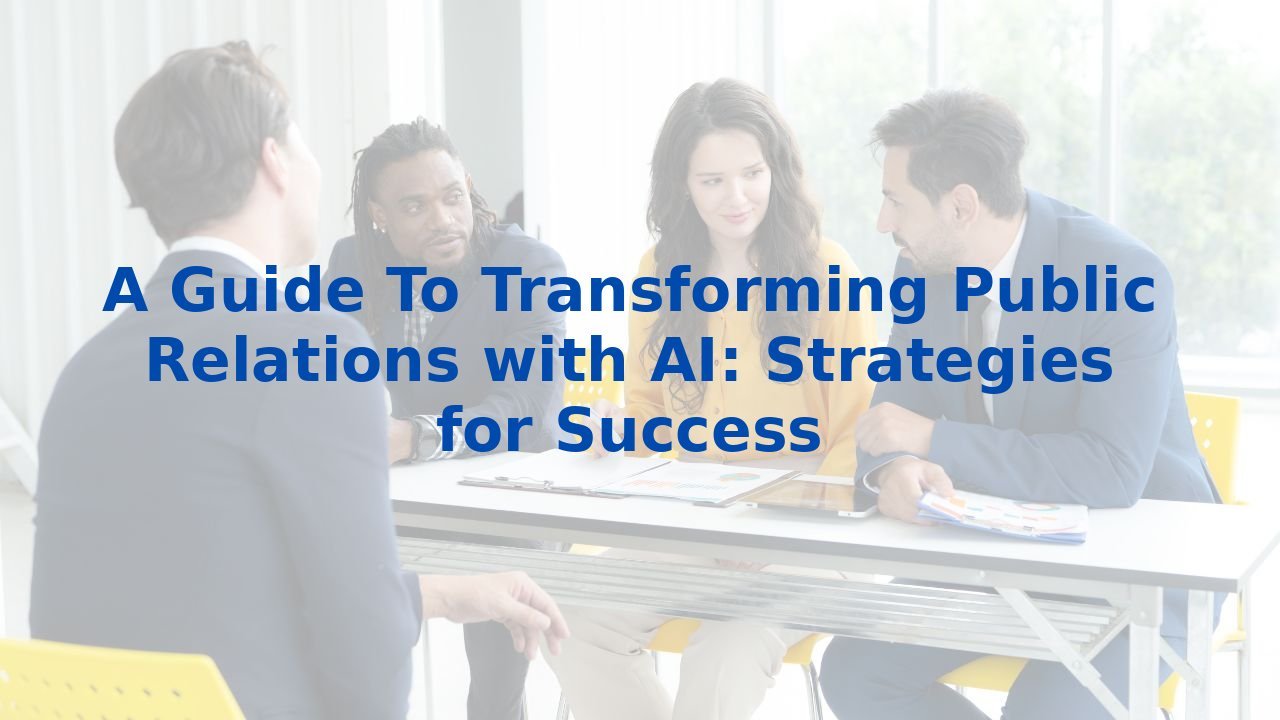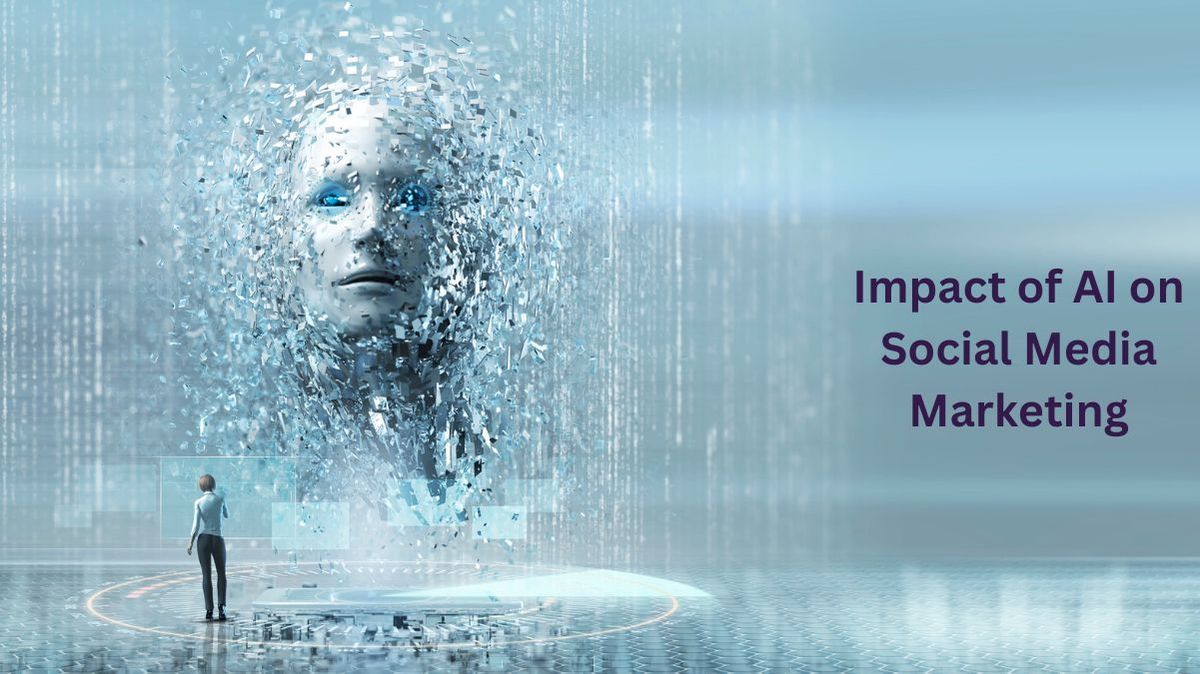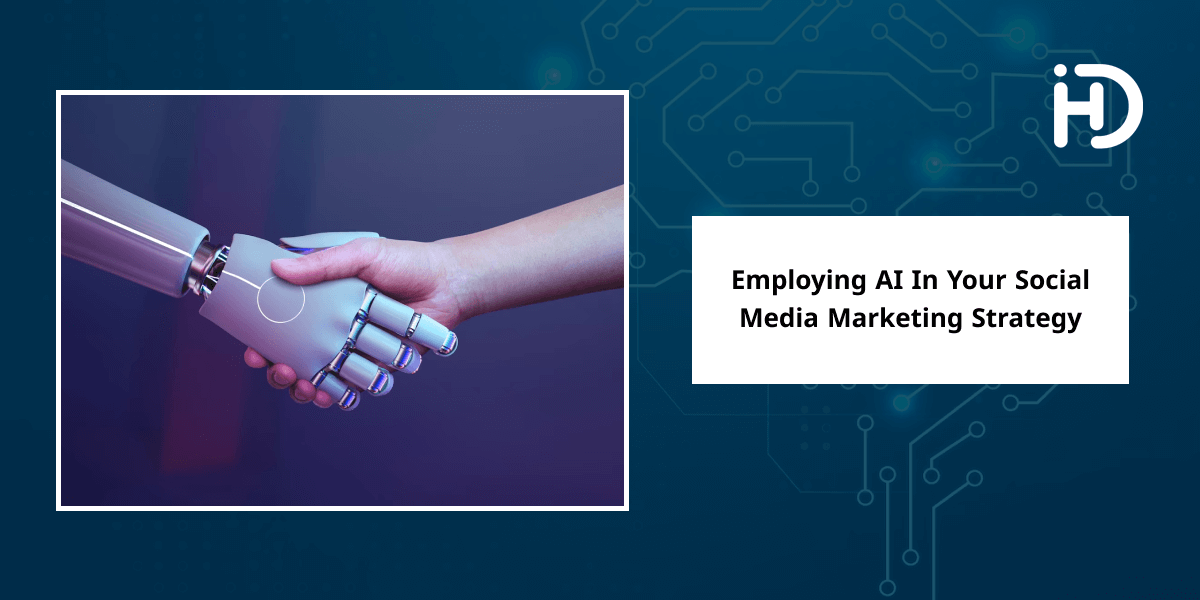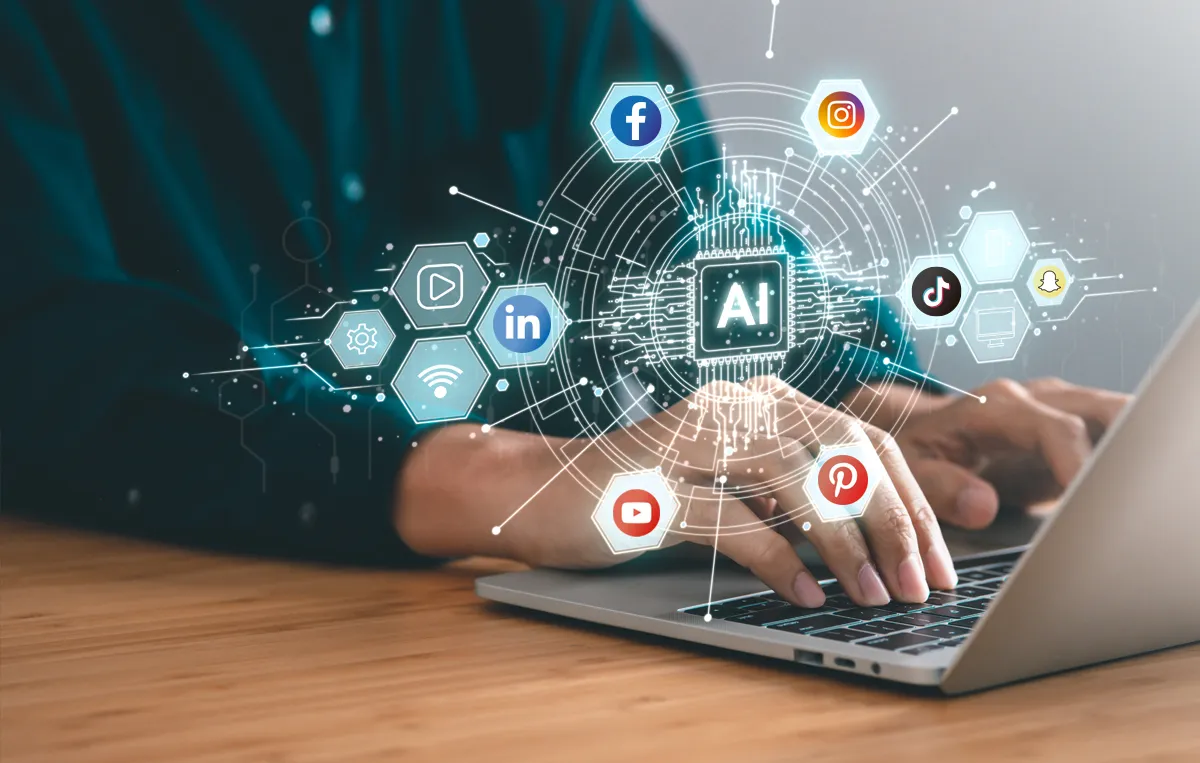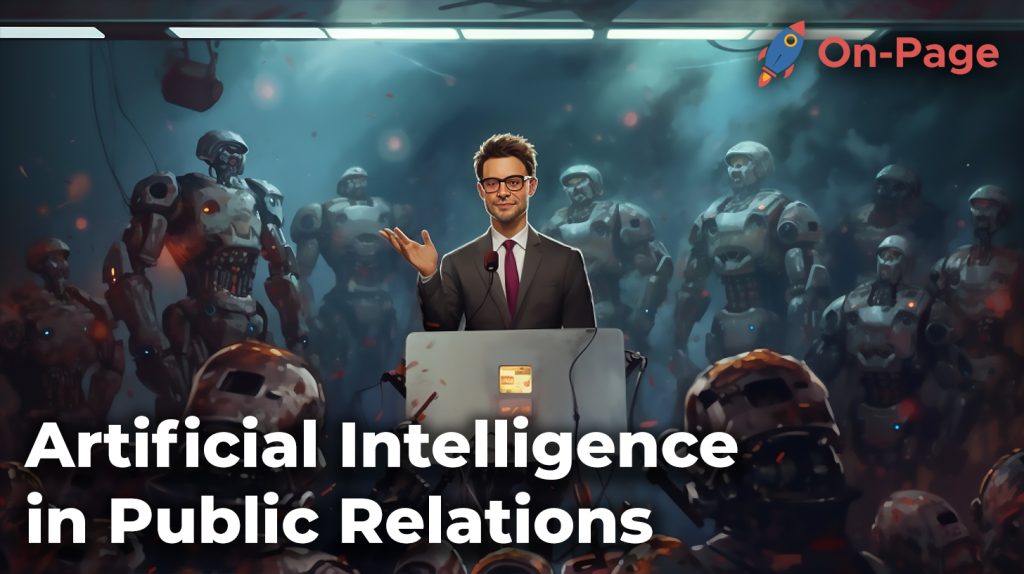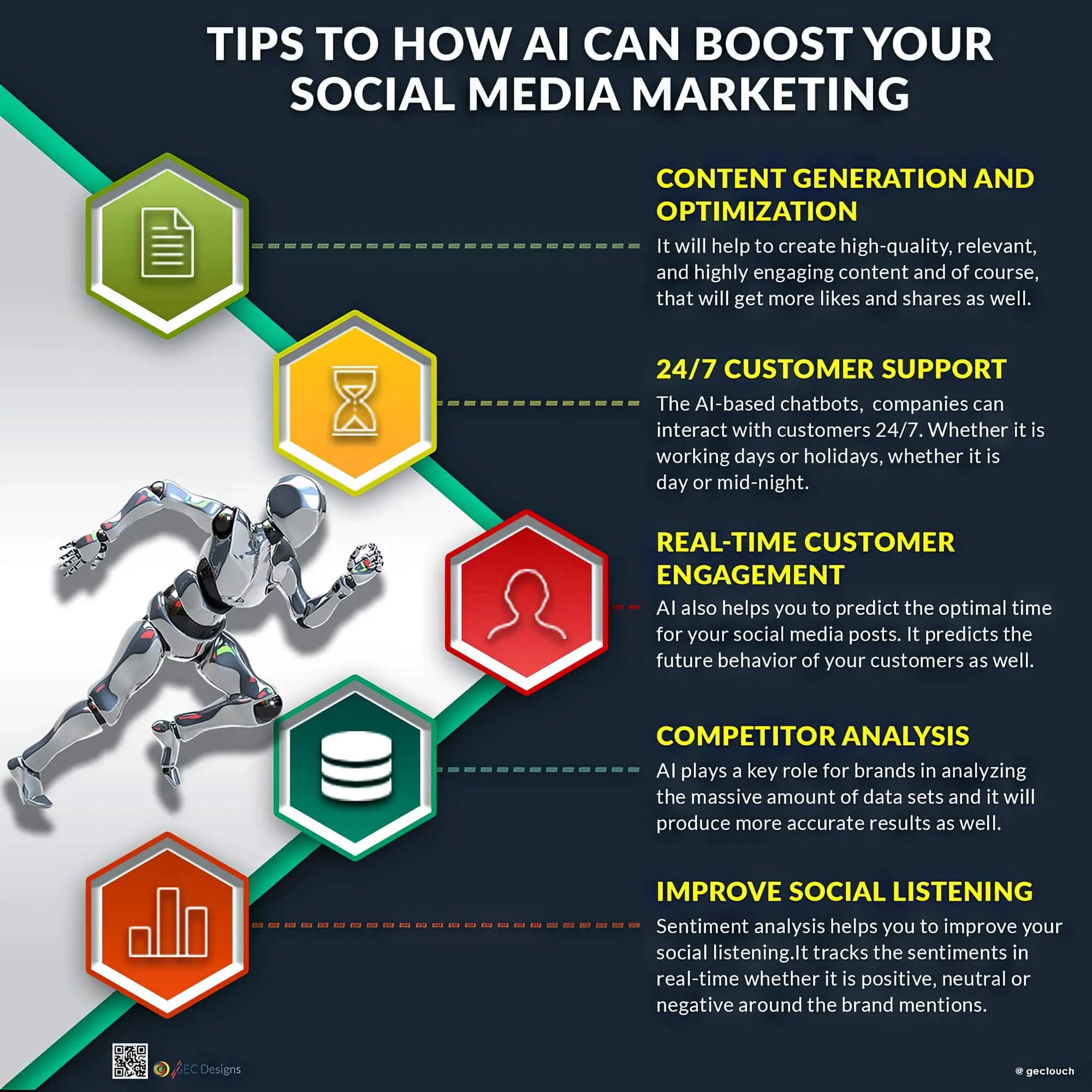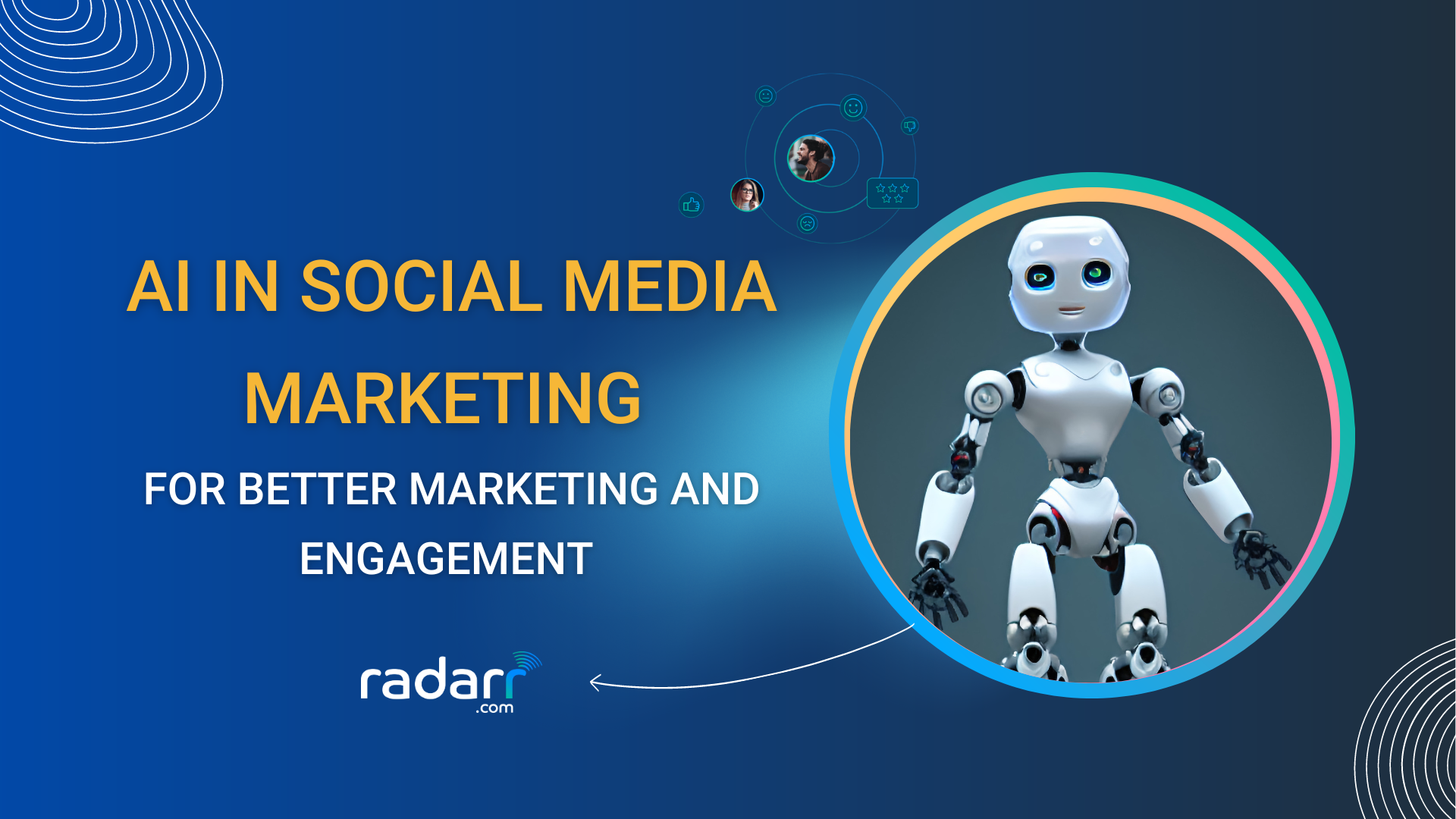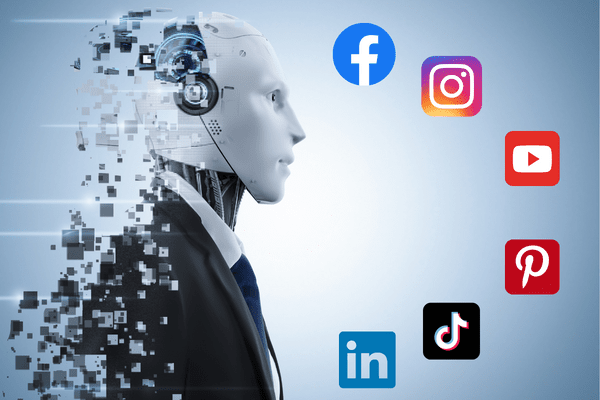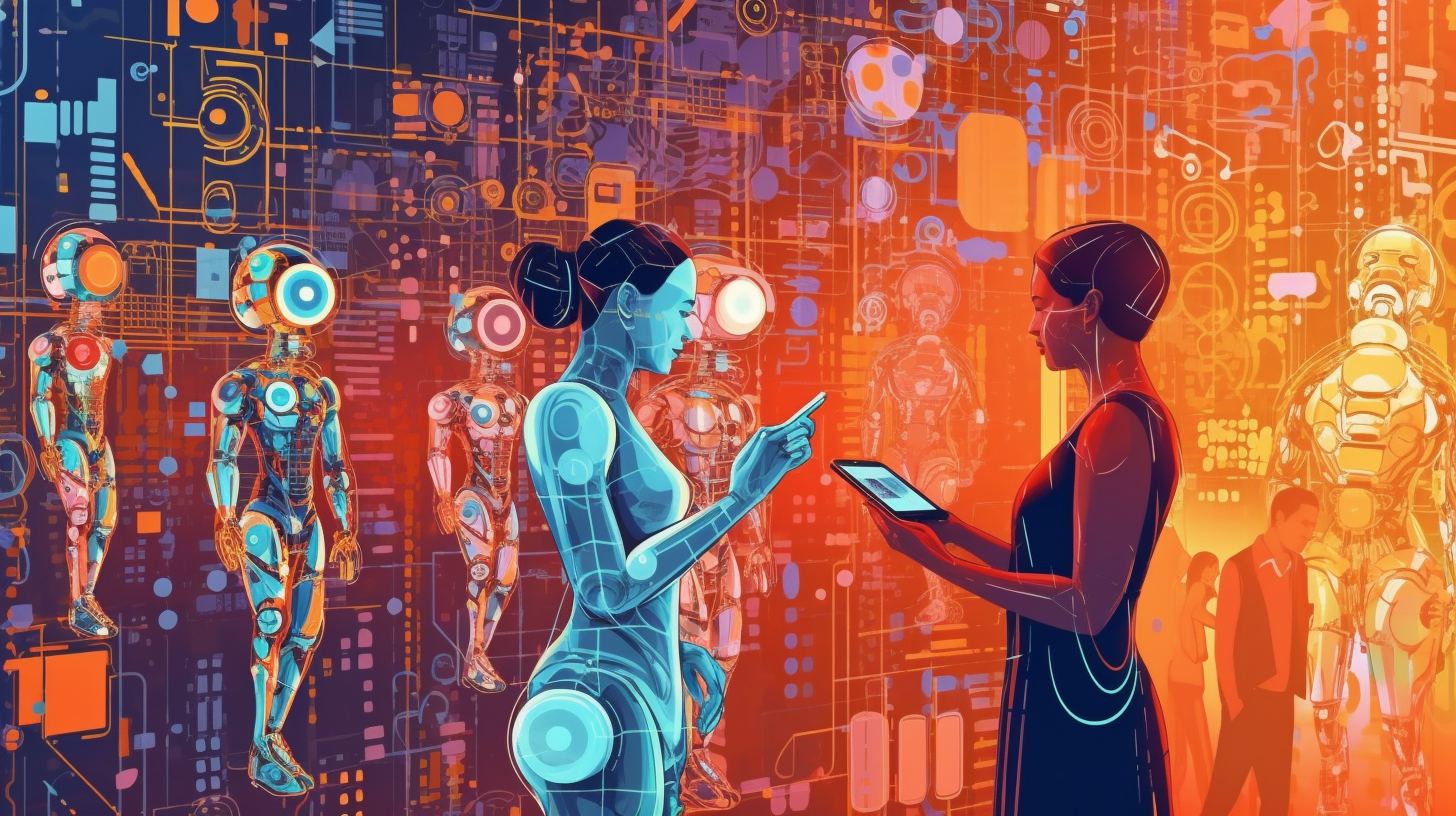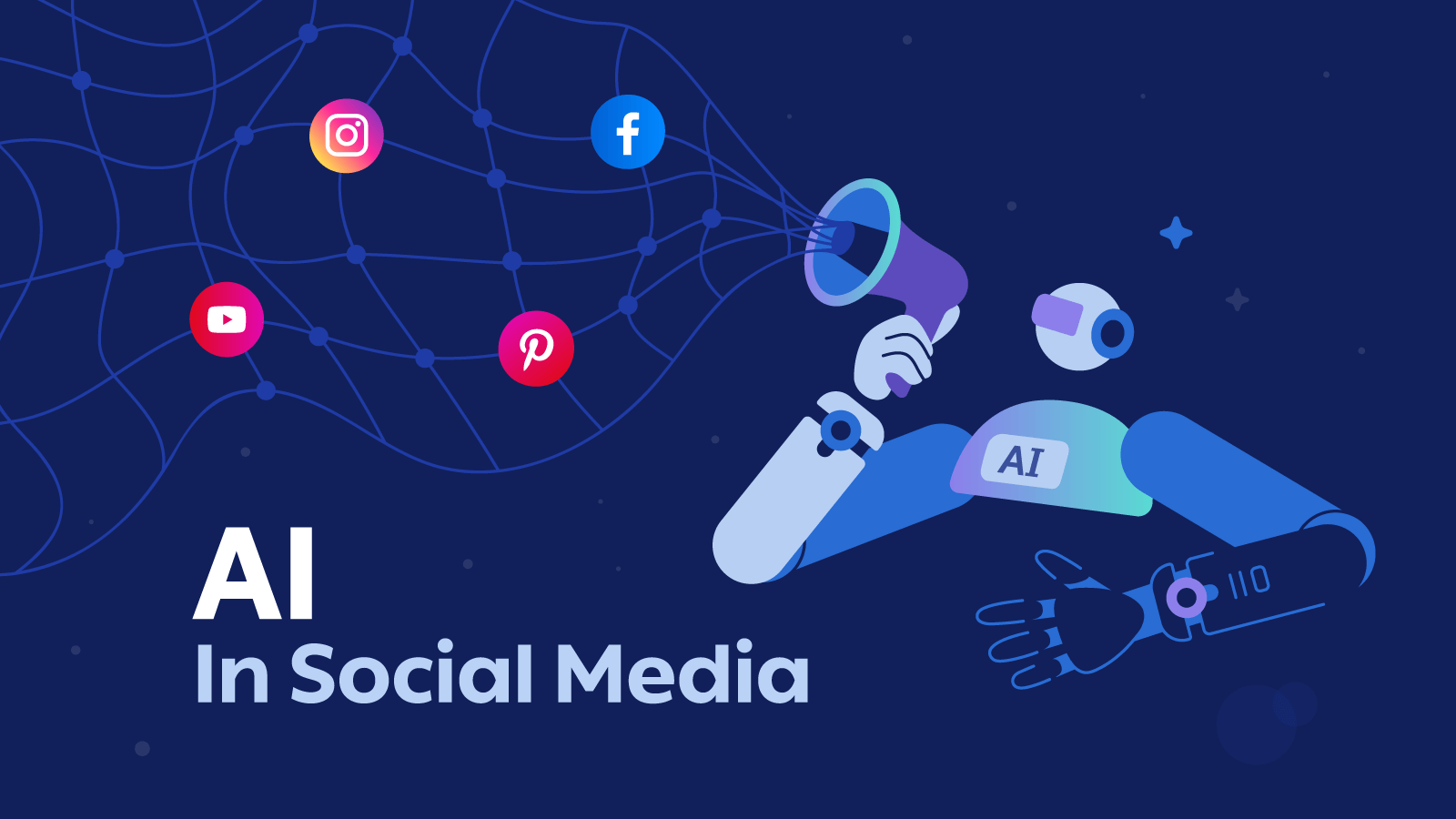Transforming Public Relations: Ai And Social Media Strategies Read Online
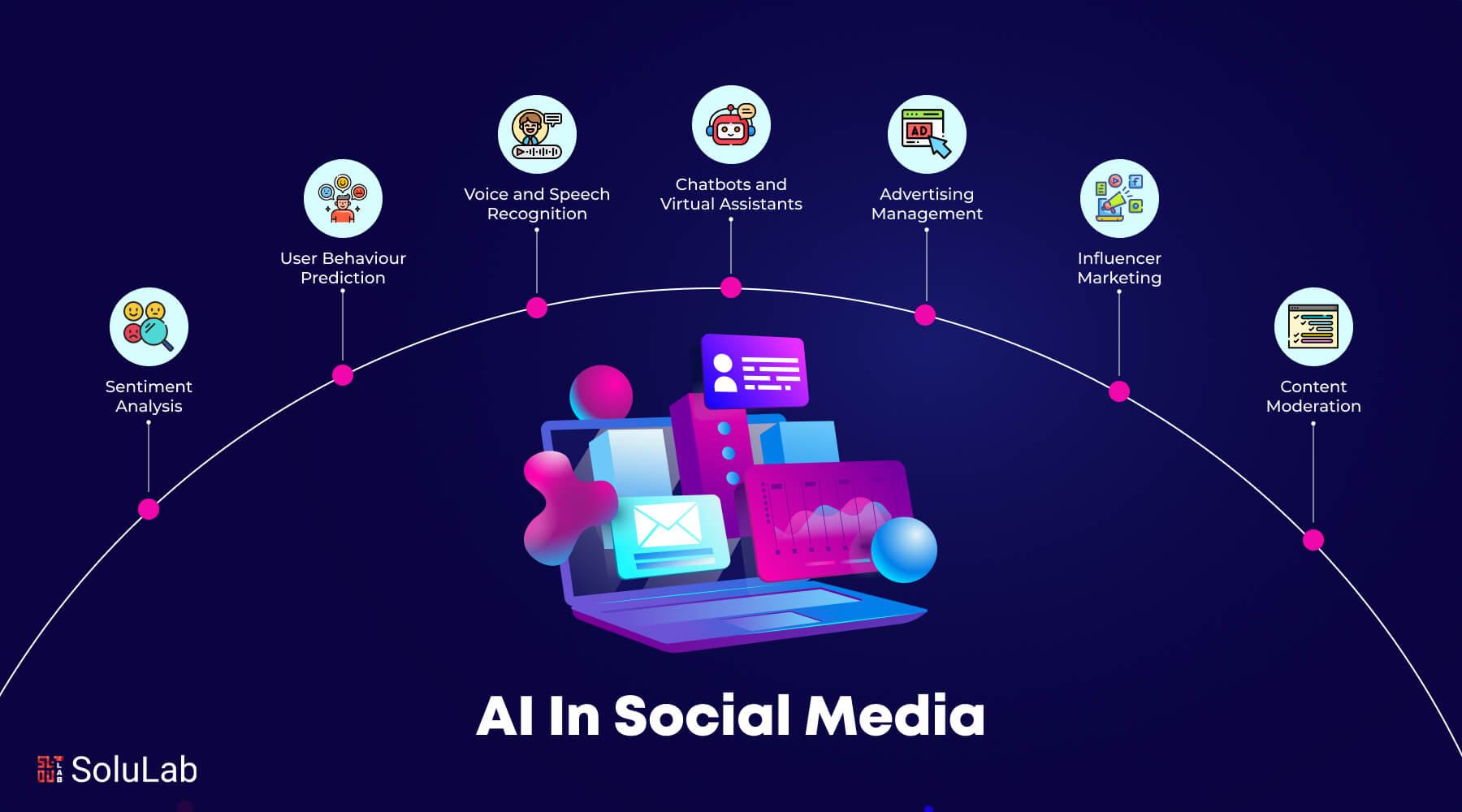
Imagine a bustling newsroom, not filled with clattering typewriters and ringing phones, but with the soft hum of servers and the glow of countless screens. Here, public relations professionals, once masters of crafting press releases and cultivating relationships, now wield the power of algorithms and analyze social media trends in real-time. The landscape of PR is evolving, and at the heart of this transformation lies the potent combination of artificial intelligence (AI) and strategic social media engagement.
This article explores how AI and sophisticated social media strategies are revolutionizing the public relations industry. We will delve into the ways these technologies are empowering PR professionals to enhance their efficiency, improve targeting, and ultimately, build stronger, more authentic connections with their audiences.
The Dawn of the AI-Powered PR Pro
The PR industry has always been about building relationships, managing reputations, and shaping narratives. Traditionally, this involved painstaking research, meticulous planning, and a whole lot of human intuition.
However, the rise of AI has introduced a new era, one where data-driven insights and automated processes are reshaping the way PR campaigns are conceived, executed, and evaluated. AI is not replacing PR professionals, but rather augmenting their capabilities, allowing them to work smarter and achieve more.
AI: The Swiss Army Knife of Modern PR
AI tools are becoming indispensable in several key areas of public relations. From media monitoring and sentiment analysis to content creation and influencer identification, AI is providing PR pros with a competitive edge.
Media monitoring tools powered by AI can sift through vast amounts of online data, tracking brand mentions, identifying emerging trends, and assessing public sentiment in real-time. This allows PR teams to quickly respond to crises, capitalize on opportunities, and fine-tune their messaging for maximum impact.
Sentiment analysis, another crucial AI application, uses natural language processing (NLP) to determine the emotional tone behind online conversations. This provides invaluable insights into how the public perceives a brand, a product, or a campaign, enabling PR professionals to proactively address negative feedback and amplify positive sentiment. According to a recent report by Pew Research Center, understanding public sentiment is crucial for effective communication in today’s digital age.
AI is also assisting with content creation, generating compelling copy for social media posts, blog articles, and even press releases. While human creativity remains essential, AI can help brainstorm ideas, refine existing content, and ensure consistency in branding across all platforms.
Furthermore, AI algorithms can analyze social media data to identify the most influential voices in a particular industry or niche. This allows PR professionals to connect with key influencers, build relationships, and collaborate on campaigns that resonate with target audiences. Identifying the right influencers is crucial, as an endorsement from a trusted source can carry significant weight.
Social Media: The New Public Square
Social media platforms have fundamentally transformed the way people communicate, share information, and form opinions. For PR professionals, social media represents both a challenge and an opportunity.
It's a challenge because the sheer volume of online content makes it difficult to break through the noise and reach target audiences. It's an opportunity because social media provides direct access to consumers, allowing for personalized communication, real-time feedback, and the ability to build genuine relationships.
A well-crafted social media strategy is essential for any successful PR campaign. This involves understanding the unique characteristics of each platform, tailoring content to specific audiences, and actively engaging with followers.
Strategic social media engagement goes beyond simply posting updates and sharing links. It requires a deep understanding of audience demographics, interests, and behaviors. It also involves actively listening to what people are saying about a brand, responding to comments and questions, and fostering a sense of community.
Platforms like Twitter are ideal for quick updates, news announcements, and engaging in real-time conversations. Instagram, on the other hand, is perfect for visually appealing content that showcases a brand's personality and values. LinkedIn is a powerful tool for building professional relationships and sharing industry insights. Facebook remains a dominant platform for connecting with a broad audience and running targeted advertising campaigns.
Blending AI and Social Media for Maximum Impact
The real magic happens when AI and social media strategies are combined. AI-powered tools can analyze social media data to identify trends, predict audience behavior, and personalize content for maximum impact. This allows PR professionals to create highly targeted campaigns that resonate with specific segments of the population.
For example, AI can analyze social media conversations to identify the key topics of interest to a particular audience. PR professionals can then create content that addresses these topics, providing valuable information and establishing their brand as a trusted authority.
AI can also be used to optimize social media advertising campaigns. By analyzing data on user behavior, AI can identify the most effective targeting parameters, ad formats, and bidding strategies. This helps PR professionals maximize their return on investment and reach the right audience with the right message.
"AI is not just a tool; it's a strategic partner that enables PR professionals to make data-driven decisions and achieve better results," says Sarah Jones, a leading PR consultant specializing in AI-powered strategies.
Examples of Successful AI and Social Media Integration
Several companies have already successfully integrated AI and social media strategies to enhance their PR efforts. For example, a major beverage company used AI-powered sentiment analysis to track public reaction to a new product launch. They were able to quickly identify negative feedback and adjust their marketing messaging accordingly, resulting in a more successful campaign.
Another company used AI to identify key influencers in the sustainability space. They then partnered with these influencers to promote their eco-friendly products, reaching a highly engaged audience and boosting brand awareness. These examples demonstrate the power of AI and social media when used strategically.
These are just a few examples of how AI and social media are transforming the PR industry. As AI technology continues to evolve, we can expect to see even more innovative applications emerge.
The Future of PR: A Symbiotic Relationship
The future of public relations is undoubtedly intertwined with AI and social media. PR professionals who embrace these technologies will be best positioned to succeed in an increasingly competitive and data-driven world.
However, it's important to remember that technology is just a tool. The human element of PR – the creativity, empathy, and strategic thinking – remains essential. The most successful PR professionals will be those who can combine the power of AI with their own human skills to build authentic relationships and craft compelling narratives.
Ultimately, the goal of PR is to build trust and credibility. AI and social media can help PR professionals achieve this goal by providing them with the insights and tools they need to understand their audiences, personalize their messaging, and engage in meaningful conversations. The key is to use these technologies responsibly and ethically, always prioritizing the needs and interests of the public.
The transformation of public relations is an ongoing process, a constant evolution driven by technological advancements and changing consumer behaviors. By embracing AI and mastering the art of strategic social media engagement, PR professionals can shape the future of communication and build a more connected and informed world.
